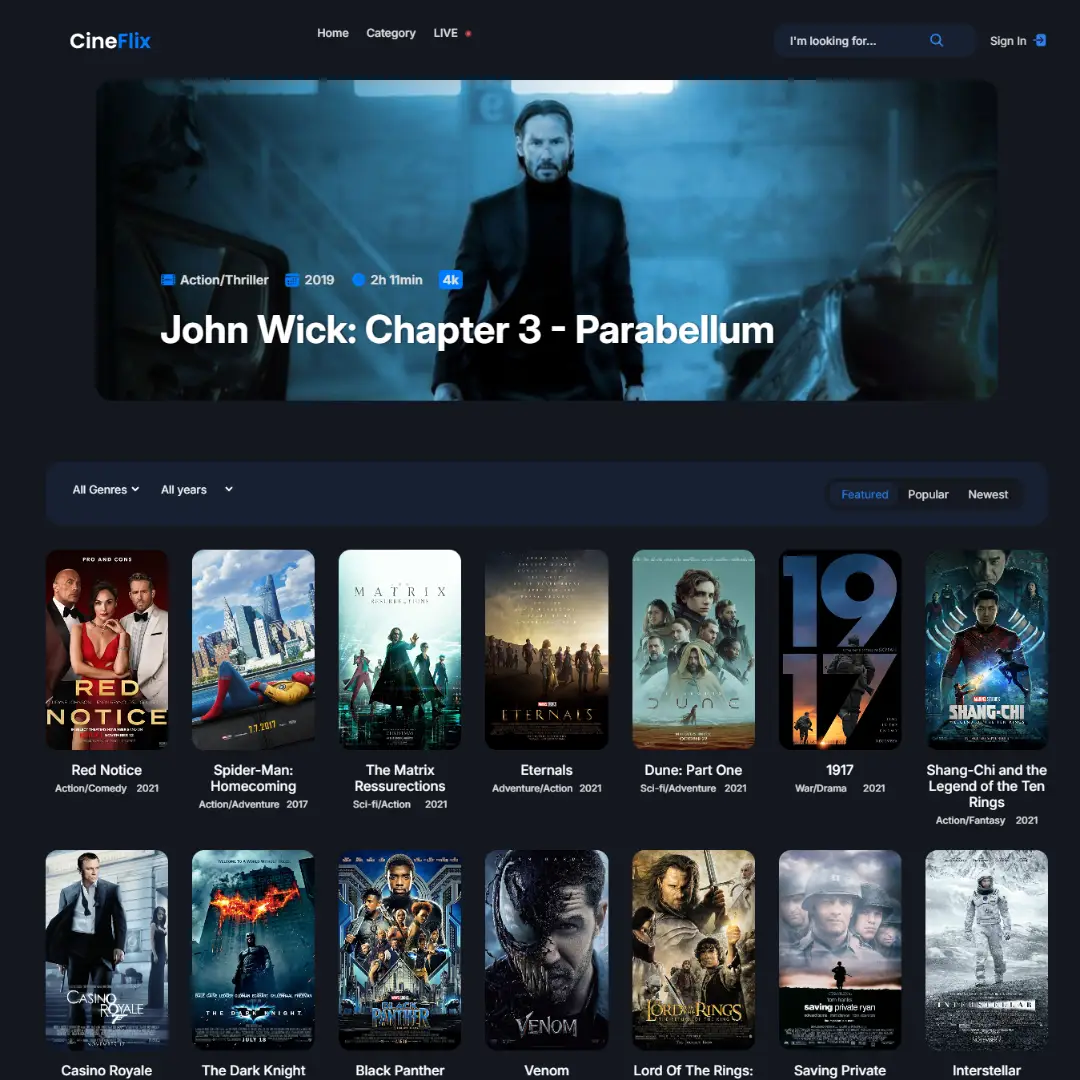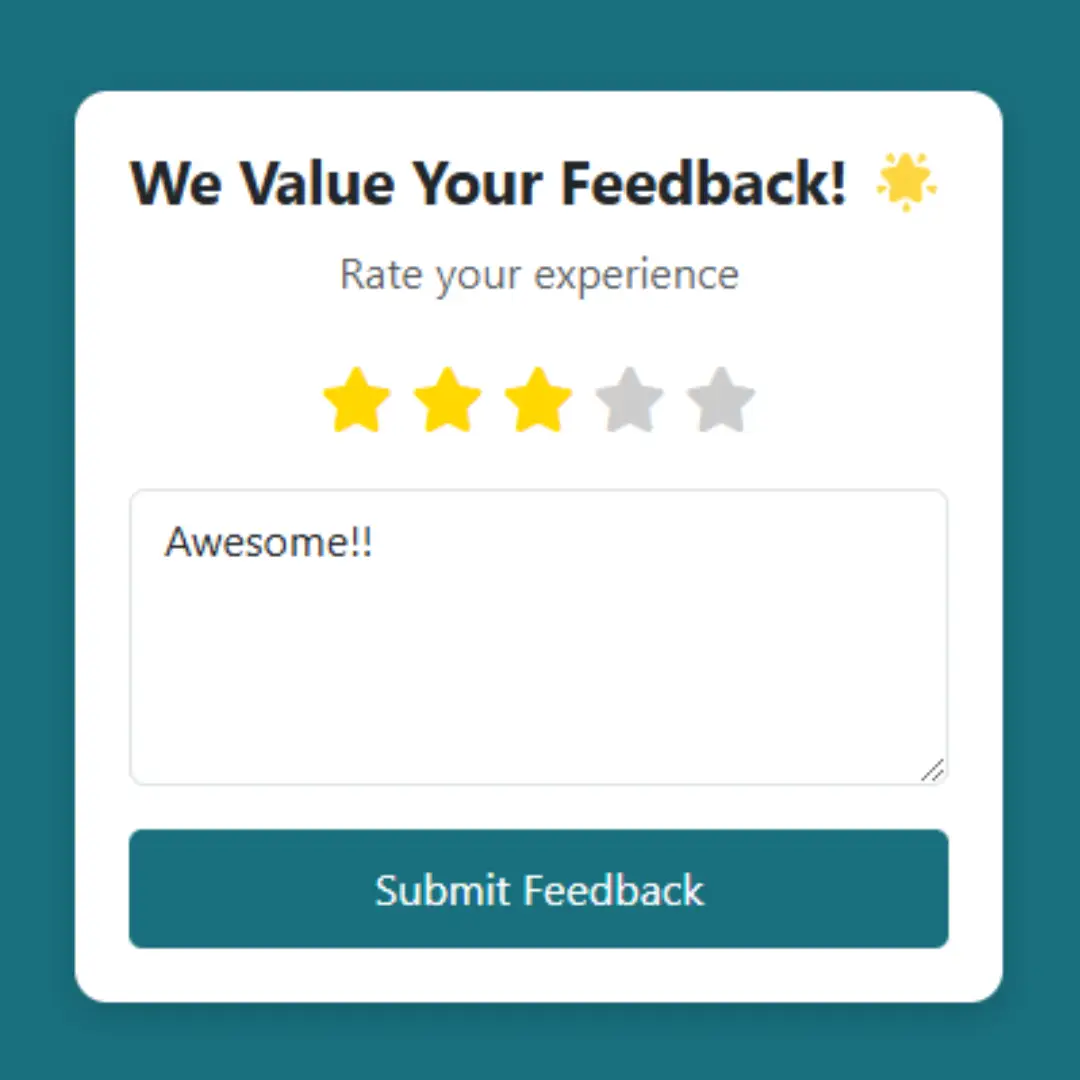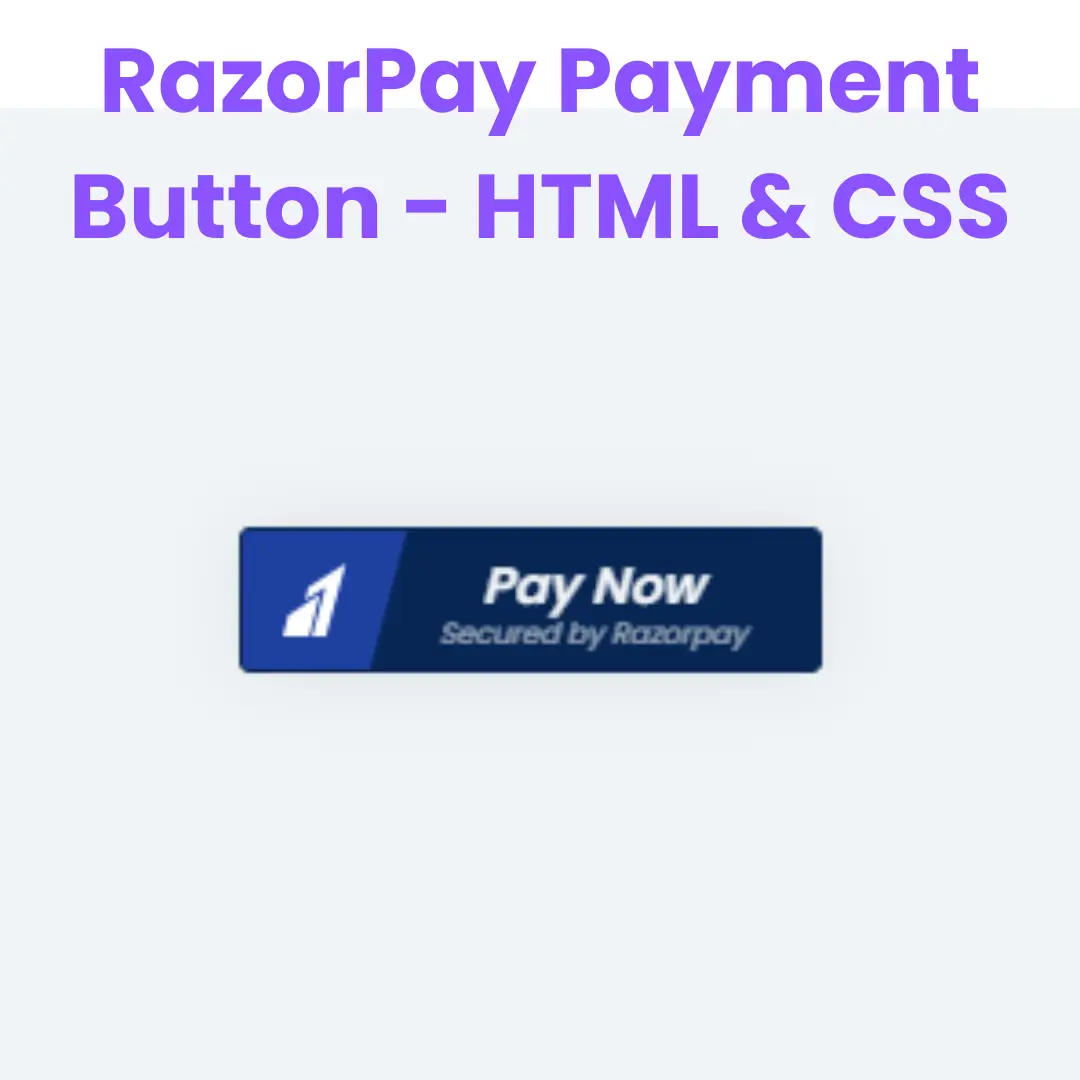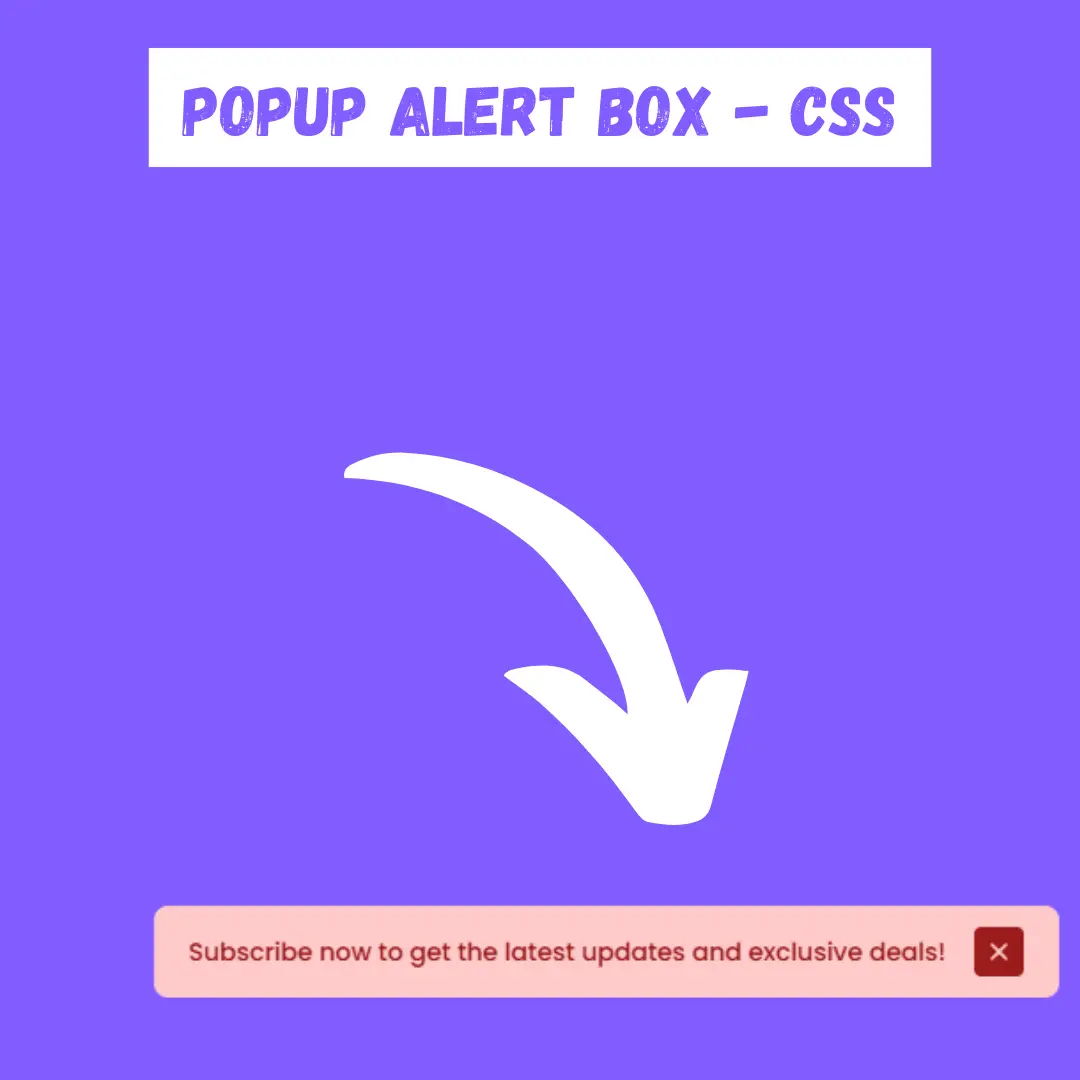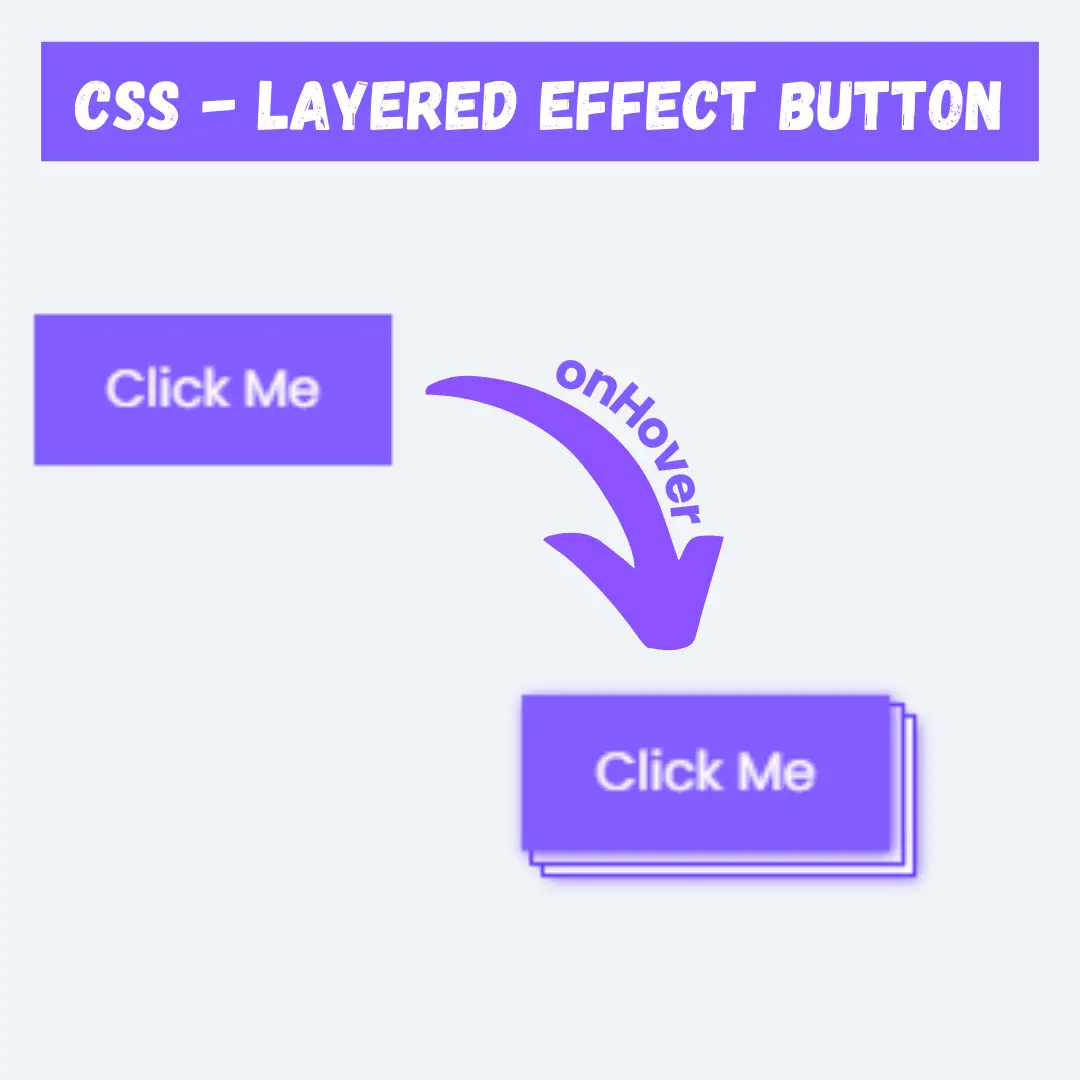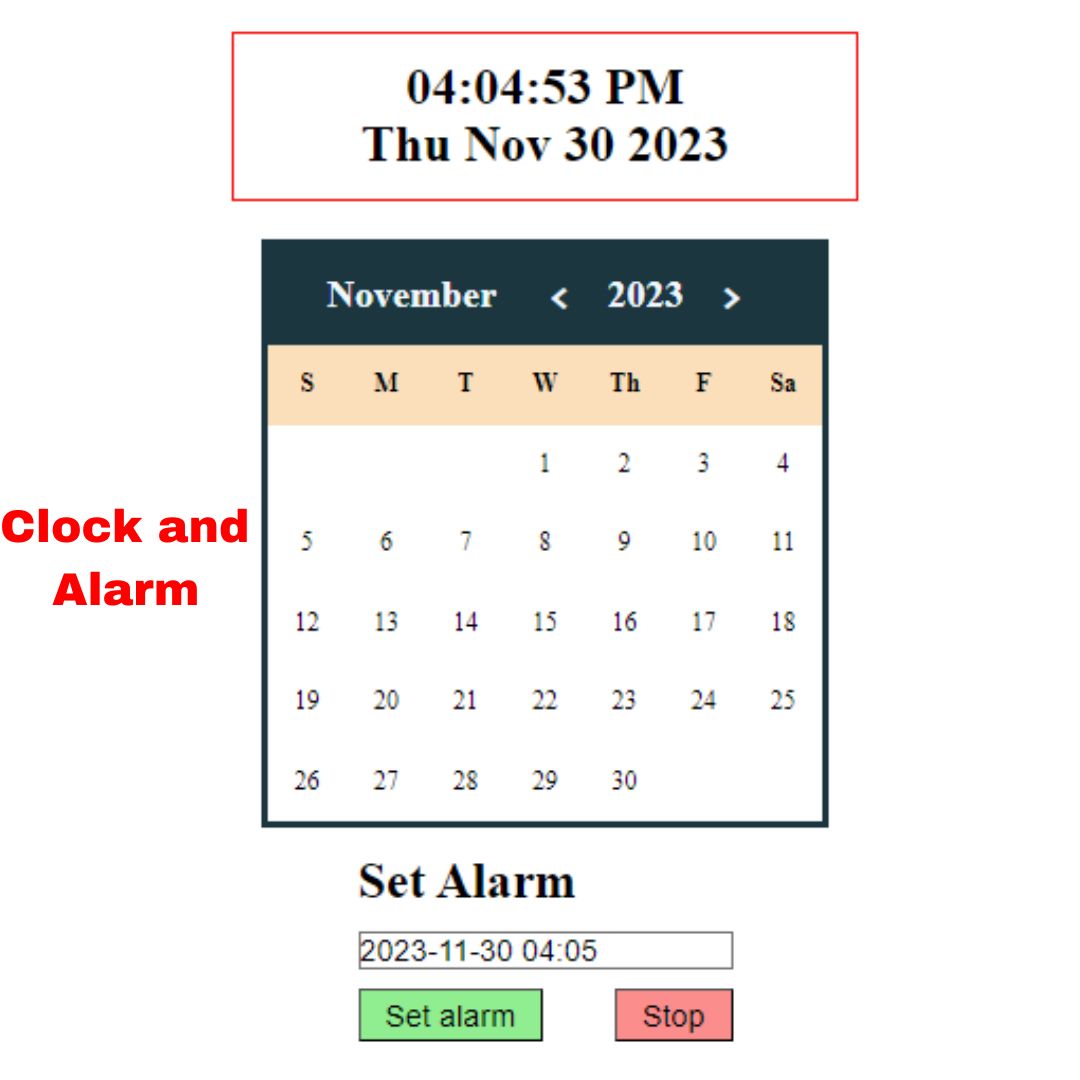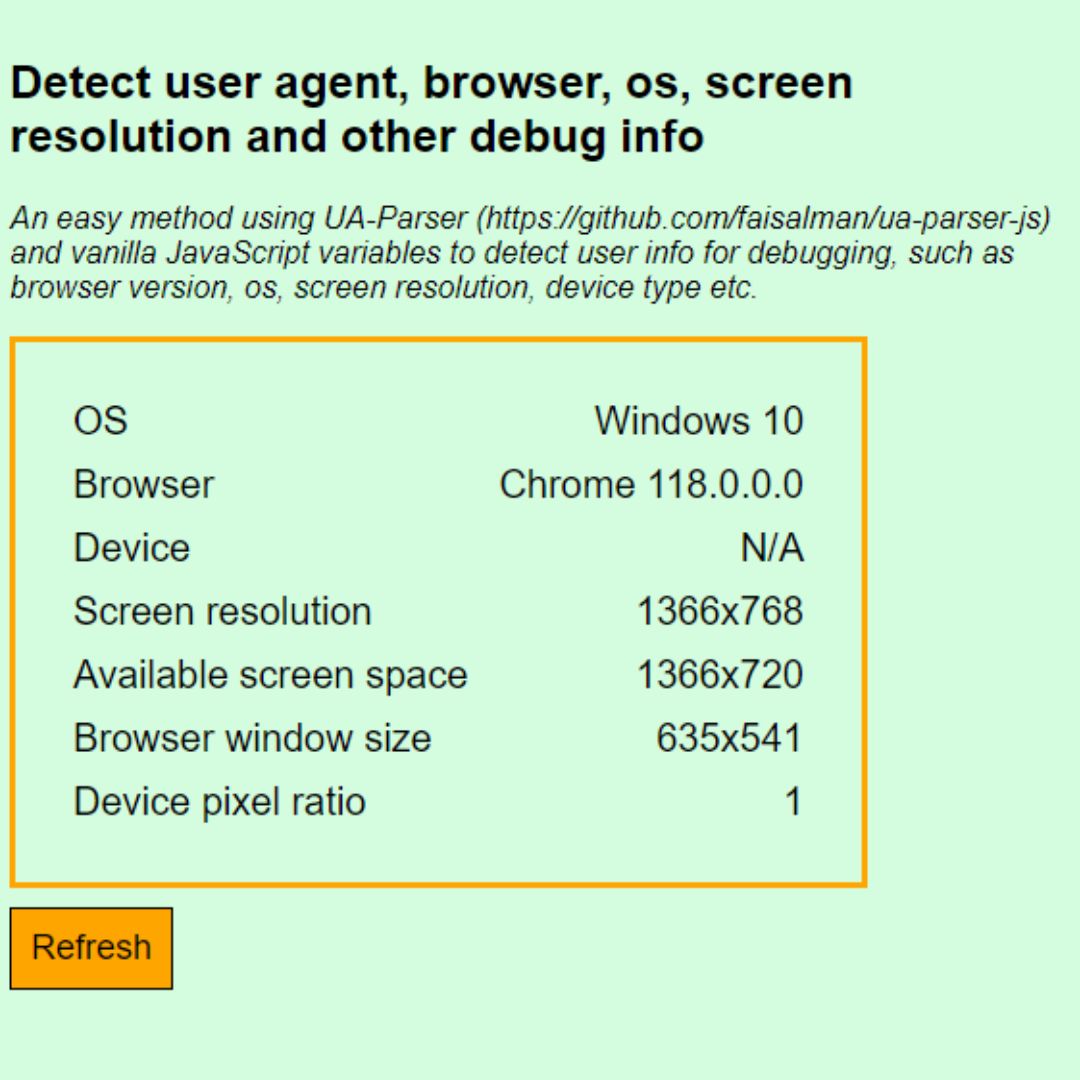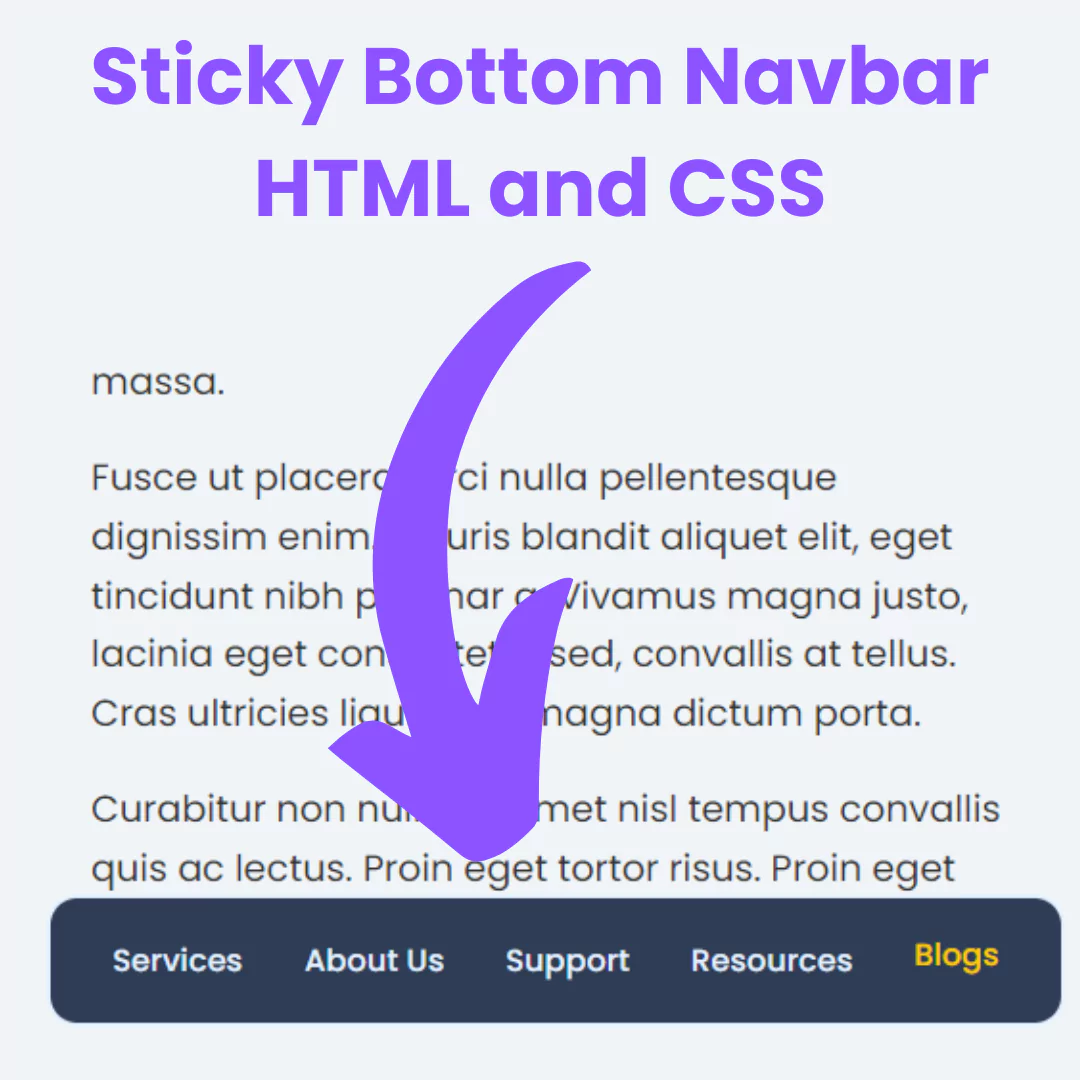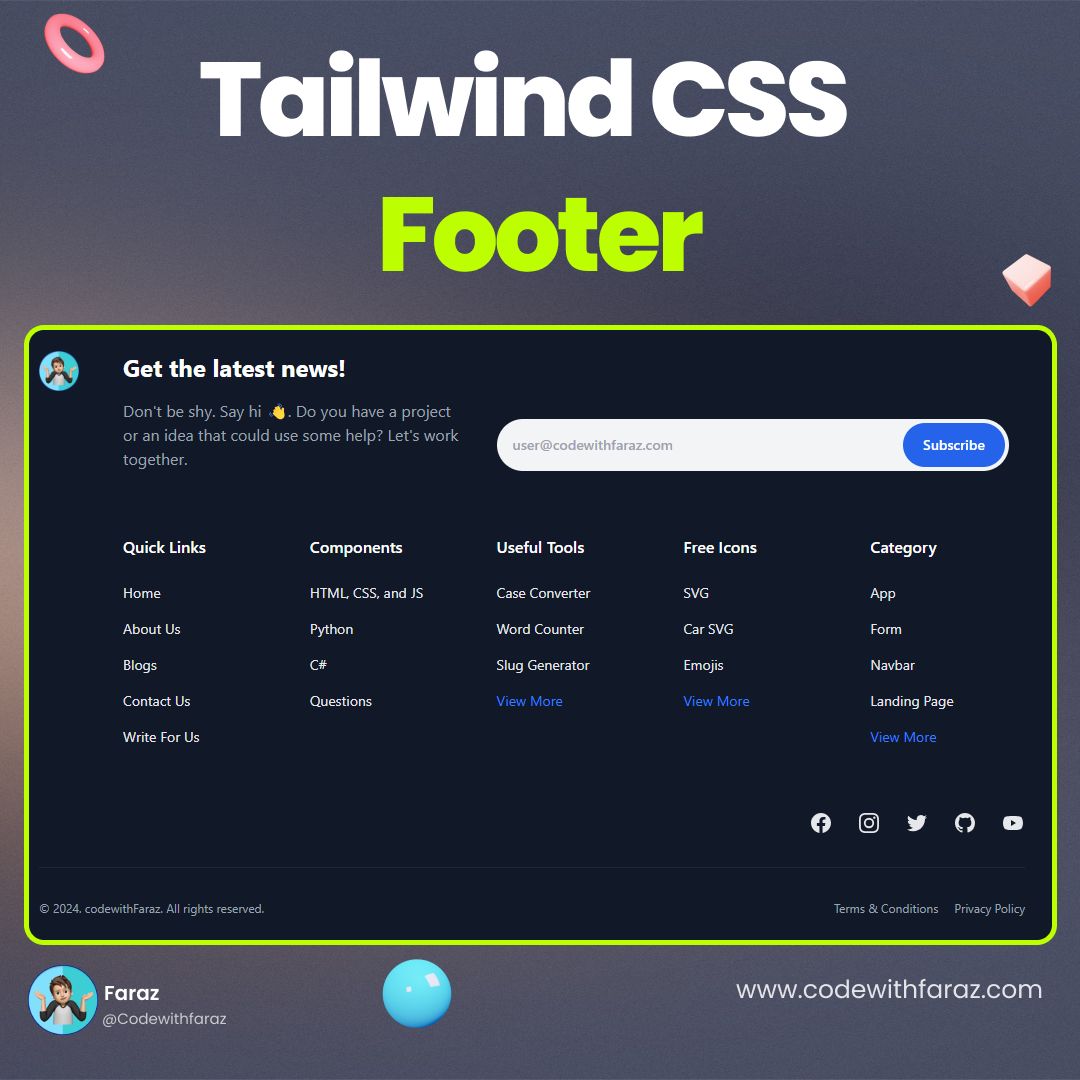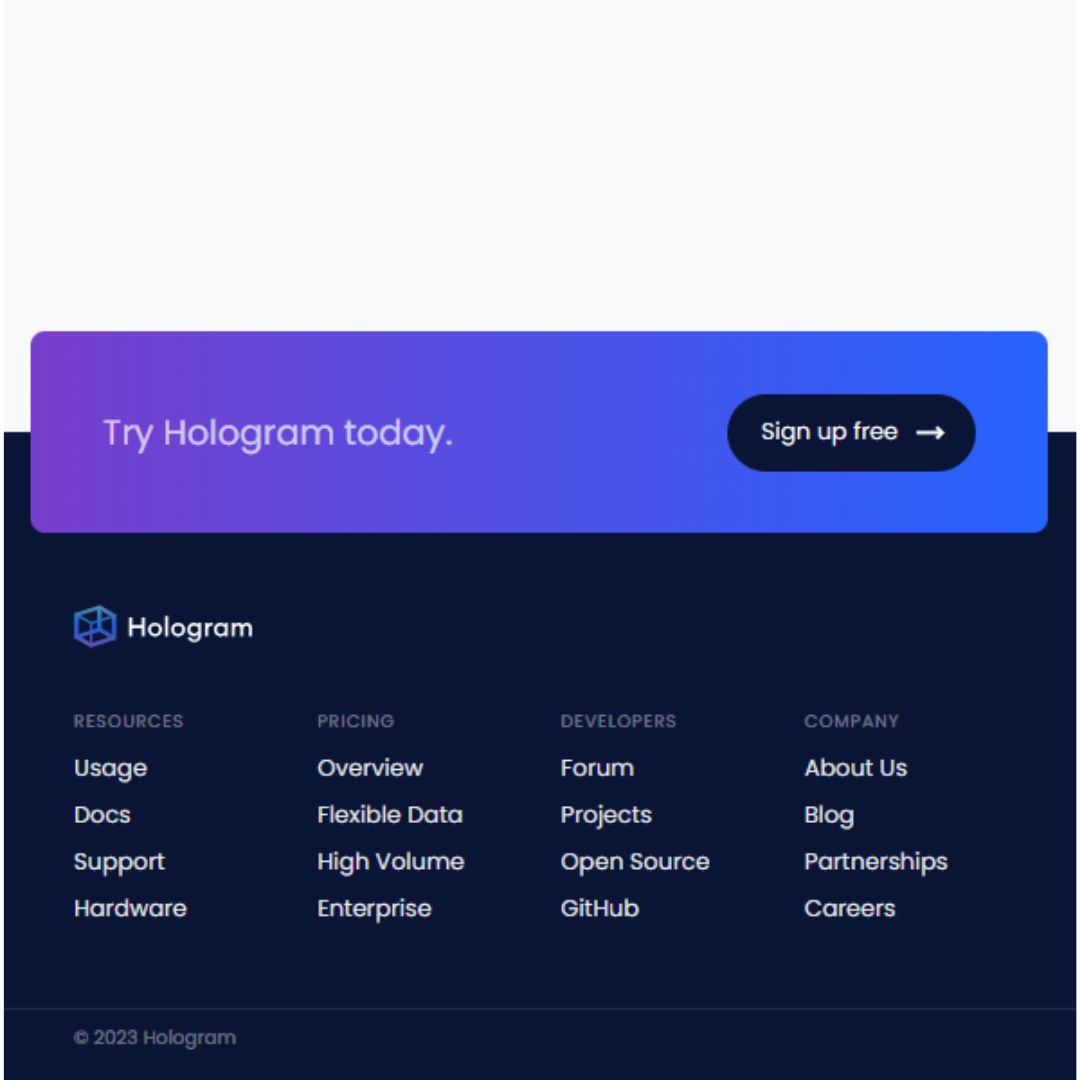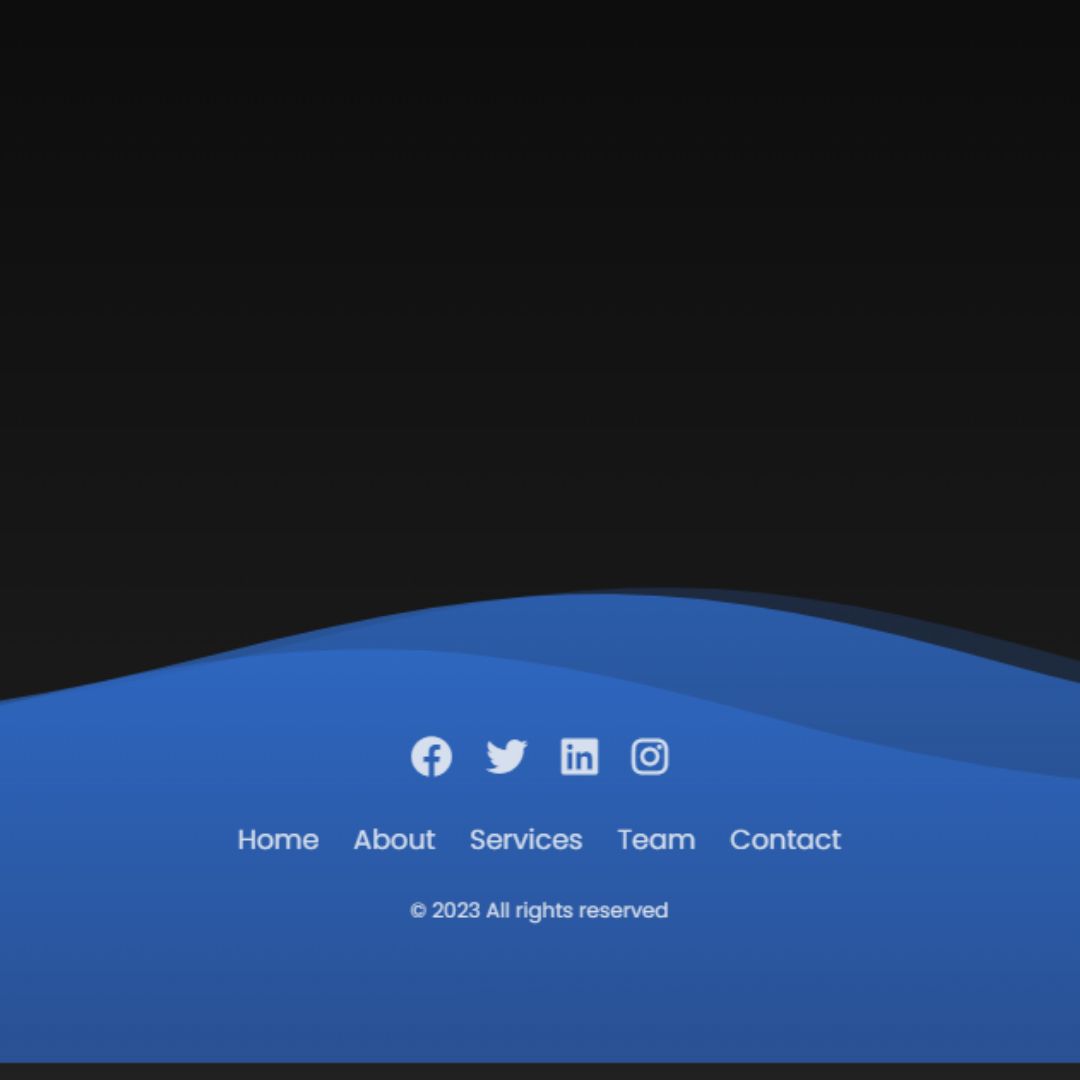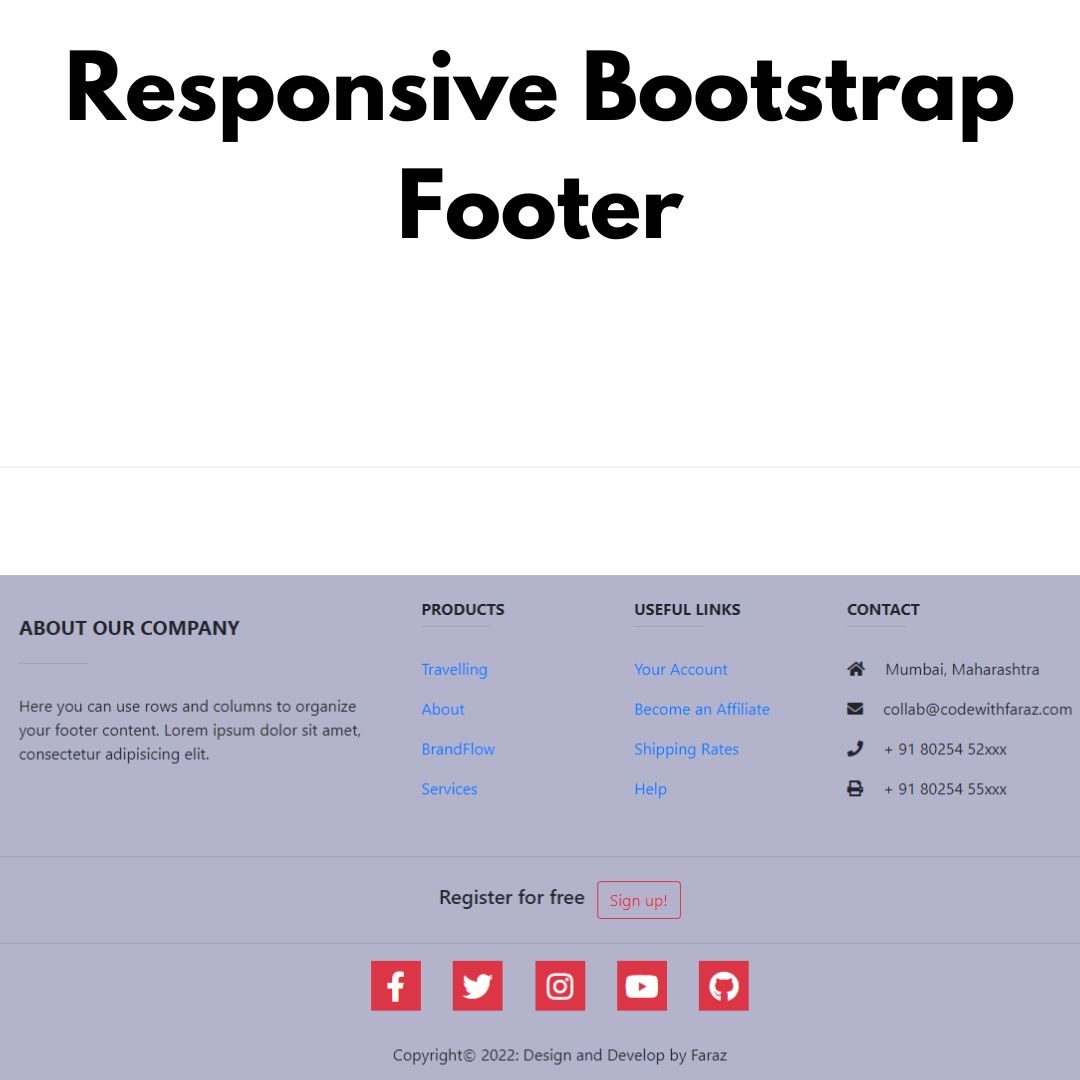In this blog post, we provide expert tips for improving your website's speed and performance. By following these best practices, you can enhance the user experience of your website and potentially drive more traffic and conversions.

If you're reading this, chances are you're looking for ways to improve the loading times and overall performance of your website. In today's digital age, website speed and performance are crucial for attracting and retaining visitors. Studies have shown that even a one-second delay in loading times can result in a 7% reduction in conversions. That's why it's so important to optimize your website's speed and performance. In this blog post, we'll be sharing expert tips and best practices for improving your website's speed and performance. By implementing these strategies, you can improve the user experience of your website and potentially drive more traffic and conversions. So, without further ado, let's get started!
There are several ways to improve the performance and speed of your website:
One way to maximize your website's speed and performance is to use a Content Delivery Network (CDN). A CDN is a network of servers that are located in different regions around the world. When a user accesses your website, the CDN will serve the content from the server that is geographically closest to the user. This can significantly reduce loading times, particularly for users who are far from your website's server.
To set up a CDN for your website, you'll need to sign up for a CDN service and then update your DNS settings to point to the CDN's servers. There are many CDN providers to choose from, such as Cloudflare and Akamai, and many of them offer a range of pricing plans to suit different budgets.
In addition to reducing loading times, a CDN can also improve the overall performance of your website by offloading some of the workload from your server. This can be particularly useful if your website receives a lot of traffic or if you have a server with limited resources.
Overall, using a CDN is a simple and effective way to improve the speed and performance of your website, particularly for users who are geographically distant from your server.
Another way to improve your website's speed and performance is to optimize your images. Large, unoptimized images can significantly slow down the loading times of your website, especially for users with slower internet connections.
To optimize your images, you should consider the following:
- Compress your images to reduce the file size without sacrificing quality. There are many tools available for image compressions, such as TinyPNG and FrontendSolution.com
- Use the appropriate file format for the type of image you are using. For photographs, JPEG is usually the best choice because it offers a good balance of quality and file size. For graphics with transparent backgrounds, PNG is a good choice because it supports transparency.
- Properly size your images before uploading them to your website. Don't use an image that is larger than necessary, as this will increase the file size and slow down loading times.
By following these tips, you can significantly reduce the file size of your images, resulting in faster loading times for your website.
It's also a good idea to use responsive images, which are images that are sized correctly for the device they are being viewed on. This can help reduce the amount of data that needs to be loaded, improving the performance of your website on mobile devices.
Another way to improve your website's speed and performance is to minimize the number of HTTP requests that are required to load your website. Each time a user accesses your website, their browser sends an HTTP request to your server to retrieve the necessary files. The more requests that are needed, the longer it will take for your website to load.
To minimize the number of HTTP requests, you can try the following strategies:
- Combine multiple files into a single file. For example, you can combine multiple CSS files into a single file, or multiple JavaScript files into a single file. This will reduce the number of requests that are needed to load your website.
- Use CSS sprites to reduce the number of image files that need to be loaded. A CSS sprite is a single image that contains multiple smaller images. By using a CSS sprite, you can reduce the number of image files that need to be loaded, resulting in fewer HTTP requests and faster loading times.
- Use lazy loading to delay the loading of certain resources until they are needed. For example, you can use lazy loading for images that are below the fold (i.e., not visible on the initial page load). This can help reduce the number of HTTP requests that are needed to load your website.
By minimizing the number of HTTP requests that are required to load your website, you can improve the speed and performance of your website.
Enabling browser caching is another effective way to improve your website's speed and performance. When a user accesses your website, their browser stores certain resources (such as images, CSS files, and JavaScript files) in the cache. On subsequent visits to your website, the browser can load these resources from the cache instead of sending another HTTP request to your server. This can significantly reduce the loading times of your website.
To enable browser caching for your website, you'll need to add some code to your HTTP headers. The specific code you'll need to use will depend on the type of server your website is using. Here's an example of the code you might use for an Apache server:
ExpiresActive OnExpiresByType image/jpg "access 1 year" ExpiresByType image/jpeg "access 1 year" ExpiresByType image/gif "access 1 year" ExpiresByType image/png "access 1 year" ExpiresByType text/css "access 1 month" ExpiresByType application/pdf "access 1 month" ExpiresByType text/x-javascript "access 1 month" ExpiresByType application/x-shockwave-flash "access 1 month" ExpiresByType image/x-icon "access 1 year"This code tells the browser to cache certain file types for a specified period of time. You can adjust the cache expiration times to suit your needs.
By enabling browser caching, you can significantly improve the loading times of your website for repeat visitors. Just be sure to clear your own cache when testing to ensure that you're seeing the most up-to-date version of your site.
Gzip compression is another effective way to improve your website's speed and performance. Gzip is a software application that compresses text files (such as HTML, CSS, and JavaScript) before they are sent from the server to the user's browser. This can significantly reduce the amount of data that needs to be transferred, resulting in faster loading times.
To enable Gzip compression for your website, you'll need to add some code to your .htaccess file (if you're using an Apache server). Here's an example of the code you might use:
<ifModule mod_gzip.c> mod_gzip_on Yes mod_gzip_dechunk Yes mod_gzip_item_include file .(html?|txt|css|js|php|pl)$ mod_gzip_item_include handler ^cgi-script$ mod_gzip_item_include mime ^text/.* mod_gzip_item_include mime ^application/x-javascript.* mod_gzip_item_exclude mime ^image/.* mod_gzip_item_exclude rspheader ^Content-Encoding:.*gzip.* </ifModule>This code tells the server to compress certain file types using Gzip. You can adjust the file types that are included or excluded as needed.
It's important to note that Gzip compression will only work if the user's browser supports it. Most modern browsers do support Gzip, so this should not be a major issue. However, it's always a good idea to test your website with different browsers to ensure that it is working as expected.
By using Gzip compression, you can significantly reduce the amount of data that needs to be transferred, resulting in faster loading times for your website.
Using a lightweight and well-coded theme or template can also help improve the speed and performance of your website. A theme or template that is poorly coded or has a lot of unnecessary features can add a lot of bloat to your website, resulting in slower loading times.
To find a lightweight and well-coded theme or template, you should look for one that is optimized for speed and performance. Many theme and template authors will advertise these features in their product descriptions, so it's worth taking the time to do some research before making a purchase.
You can also test the speed and performance of a theme or template by installing it on a staging site and running some performance tests. Tools like GTmetrix and Pingdom can help you measure the loading times of your website and identify areas for improvement.
By using a lightweight and well-coded theme or template, you can reduce the amount of code that needs to be loaded on your website, resulting in faster loading times.
It's also a good idea to regularly review and clean up your website's code to ensure that it is optimized for speed and performance. This may involve removing unnecessary characters (such as extra whitespace) or using more efficient algorithms to perform tasks. By keeping your code clean and optimized, you can improve the overall performance of your website.
Optimize your website's code by removing unnecessary characters (such as extra whitespace) and using efficient algorithms to perform tasks.
Using a caching plugin or service is another effective way to improve the speed and performance of your website. A caching plugin or service stores commonly used data in a cache, reducing the number of database queries that are needed to generate pages. This can significantly reduce the loading times of your website, especially for websites that receive a lot of traffic or have a lot of dynamic content.
There are many caching plugins and services to choose from, both free and paid. Some popular options include WP Super Cache (for WordPress websites), Cloudflare (a CDN with caching options), and Varnish (a standalone caching service).
To use a caching plugin or service, you'll need to install it on your server and configure it according to the instructions provided by the plugin or service. This may involve updating your website's code or modifying your server's settings.
By using a caching plugin or service, you can significantly improve the speed and performance of your website, particularly for websites that receive a lot of traffic or have a lot of dynamic content. Just be sure to regularly clear your cache to ensure that you're seeing the most up-to-date version of your site.
Here are a few additional tips for improving your website's speed and performance:
- Use a fast and reliable web host. Your web host plays a significant role in the speed and performance of your website. It's important to choose a web host that has a good track record of uptime and fast server response times.
- Use asynchronous loading for JavaScript and CSS files. Asynchronous loading allows these files to be loaded in parallel, rather than in a sequential order. This can significantly reduce the loading times of your website.
- Use a tool like Autoptimize to optimize your website's code and reduce the number of HTTP requests that are needed to load your website. Autoptimize can combine and minify your CSS and JavaScript files, as well as optimize your images and other resources.
- Enable Keep-Alive in your server's HTTP headers. Keep-Alive allows multiple requests to be sent over a single connection, reducing the number of connections that need to be established and improving the loading times of your website.
By following these tips, you can further improve the speed and performance of your website and provide a better user experience for your visitors.
Conclusion
In conclusion, maximizing your website's speed and performance is crucial for attracting and retaining visitors. By following the expert tips outlined in this blog post, you can improve the loading times and overall performance of your website. Some of the strategies you can use include using a CDN, optimizing your images, minimizing the number of HTTP requests, enabling browser caching, using Gzip compression, using a lightweight and well-coded theme or template, and using a caching plugin or service. By implementing these strategies, you can enhance the user experience of your website and potentially drive more traffic and conversions. So, don't wait any longer to start optimizing your website's speed and performance – the sooner you start, the better the results you'll see!
That’s a wrap!
Thank you for taking the time to read this article! I hope you found it informative and enjoyable. If you did, please consider sharing it with your friends and followers. Your support helps me continue creating content like this.
Stay updated with our latest content by signing up for our email newsletter! Be the first to know about new articles and exciting updates directly in your inbox. Don't miss out—subscribe today!
If you'd like to support my work directly, you can buy me a coffee . Your generosity is greatly appreciated and helps me keep bringing you high-quality articles.
Thanks!
Faraz 😊





